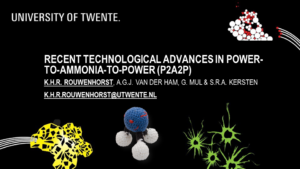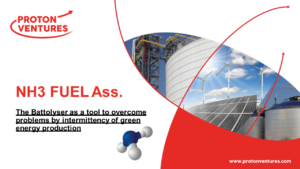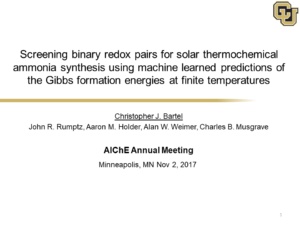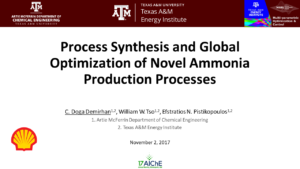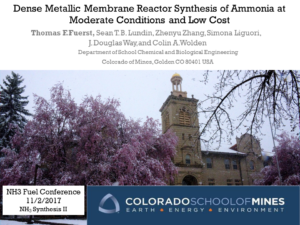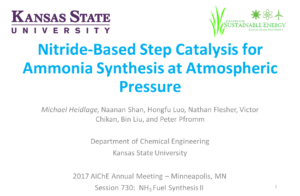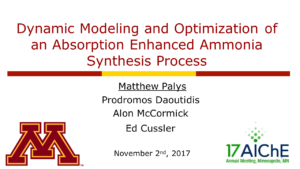Presentation
Power-to-Ammonia-to-Power (P2A2P) for Local Electricity Storage in 2025
A carbon-free, circular economy is required to decrease greenhouse gas emissions. A commonly named alternative to the carbon-based economy is the hydrogen economy. However, storing and transporting hydrogen is difficult. Therefore, the ammonia economy is proposed. Ammonia (NH3) is a carbon-free hydrogen carrier, which can mediate the hydrogen economy. Especially for long-term storage (above 1 day), ammonia is more economically stored than hydrogen. Transportation costs are greatly reduced by adopting a decentralized energy economy. Furthermore, political-economic factors influence energy prices less in a decentralized energy economy. With small-scale ammonia production gaining momentum, business models for the decentralized ammonia economy are…
